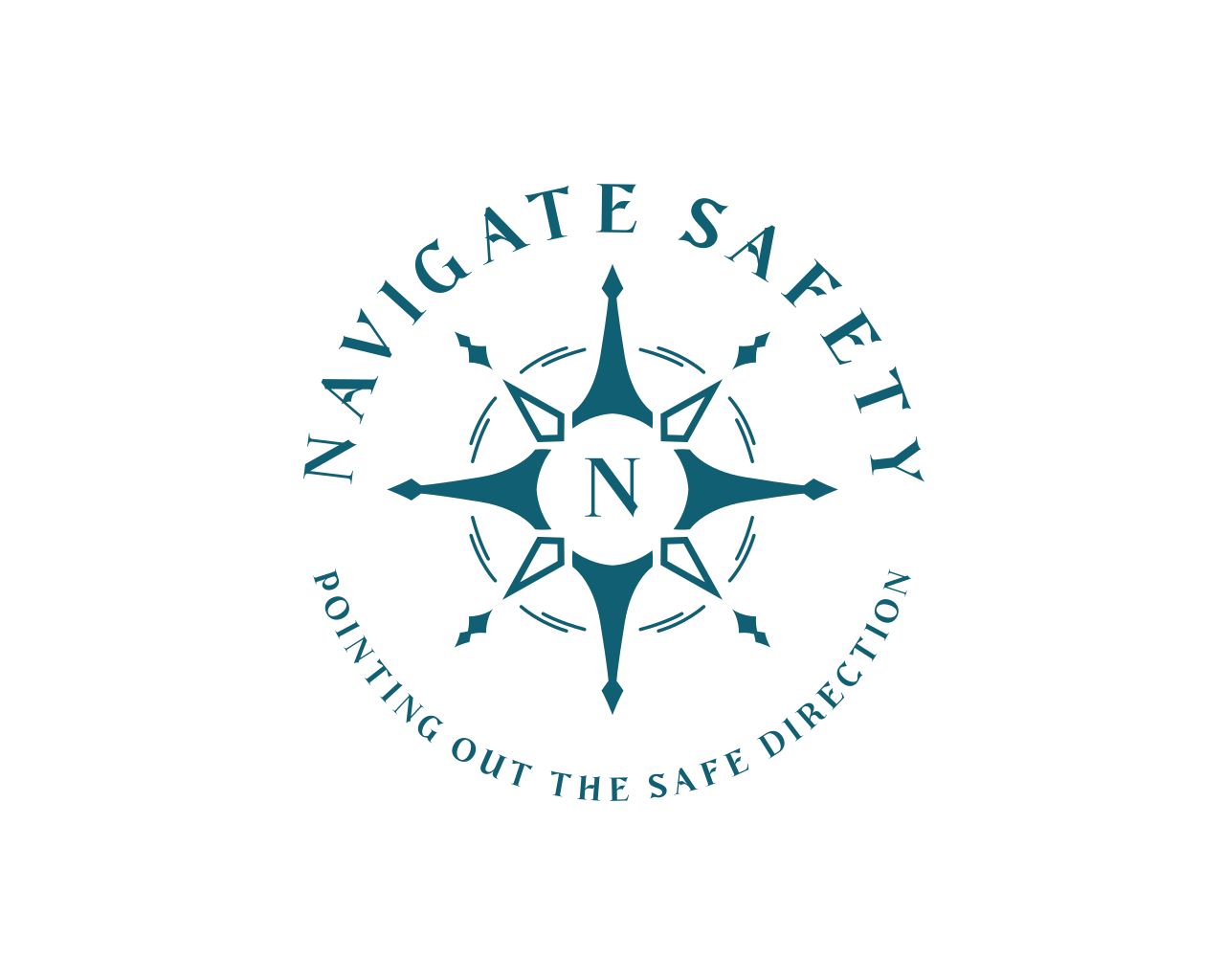
Mental Health and Health and Safety
Managing Mental Health at Work: A Key Part of Health and Safety Management
Managing mental health in the workplace is increasingly recognized as an essential part of a company’s overall health and safety management. In the UK, employers have a legal duty under the Health and Safety at Work etc. Act 1974 to protect both the physical and mental health of their employees. Neglecting mental well-being can lead to increased absenteeism, reduced productivity, and higher staff turnover, making it a critical area for attention.
Why Mental Health Matters at Work
Workplace stress, anxiety, and depression are some of the leading causes of employee absence. Mental health issues can arise from various factors, including excessive workloads, poor management practices, lack of support, or personal circumstances. Addressing these issues is not only a moral obligation but also contributes to a more productive, motivated, and engaged workforce.
Incorporating Mental Health into Health and Safety Management
Mental health should be treated as seriously as physical safety in the workplace. Here’s how employers can integrate mental health management into their health and safety strategies:
- Conduct Mental Health Risk Assessments Just like physical risks, mental health risks should be assessed. Employers can identify factors such as excessive workloads, lack of job control, or workplace bullying that may contribute to stress or anxiety. Risk assessments help in pinpointing areas where improvements can be made.
- Create a Mental Health Policy A mental health policy demonstrates the company’s commitment to supporting mental well-being. It should outline the available resources, support systems, and procedures for addressing mental health concerns. Having a clear policy also encourages open communication and reduces stigma around mental health issues.
- Provide Training for Managers Managers should be trained to recognise signs of mental health issues, such as changes in behaviour, withdrawal, or irritability. Training managers to have open and supportive conversations with staff about mental health can help prevent minor issues from escalating.
- Promote a Healthy Work-Life Balance Encouraging employees to maintain a healthy work-life balance is vital in preventing burnout. Management should ensure that workloads are reasonable and that employees are encouraged to take breaks and use their holiday entitlement.
- Offer Support and Resources Employers can offer mental health support through employee assistance programs (EAPs), counselling services, or mental health first-aiders in the workplace. Having resources available demonstrates a proactive approach to employee well-being.
- Create a Positive Workplace Culture Promoting a supportive and inclusive workplace culture is crucial in fostering good mental health. Encouraging team collaboration, providing recognition for hard work, and ensuring that employees feel valued and heard can create a positive environment that reduces stress.
The Legal Obligation
Under UK law, employers must protect their employees from harm, including mental health risks. The Management of Health and Safety at Work Regulations 1999 requires employers to assess and address risks to health, including stress. Therefore, mental health management is a core part of health and safety responsibilities.
Conclusion
Managing mental health in the workplace is essential for creating a healthy, safe, and productive environment. By treating mental health as part of the broader health and safety strategy, employers not only meet their legal obligations but also foster a culture of well-being and resilience. Supporting mental health benefits both employees and the business, leading to improved performance and reduced absenteeism.

All Rights Reserved | Navigate Safety



